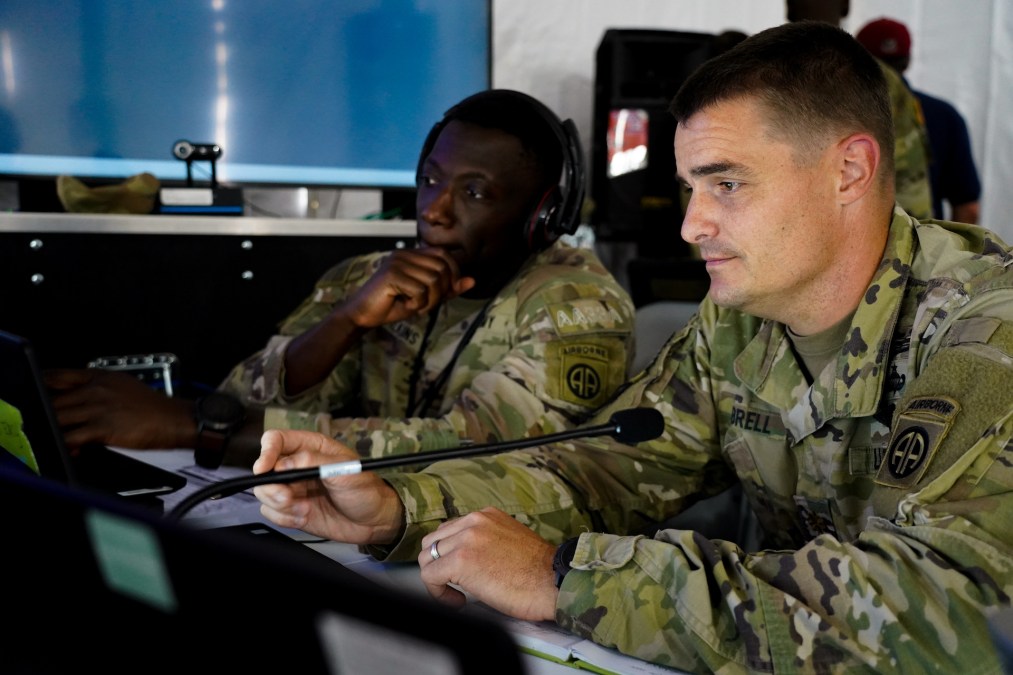Army considering theater information advantage detachments

As part of the Army’s transition to multi-domain operations, it is looking at resourcing what it is calling theater information advantage detachments, or TIADs.
These organizations are envisioned to be aligned to theater Armies and coordinate with other theater-level organizations such as the Multi-Domain Task Force and Expeditionary Cyber Teams, according to an Army spokesperson.
These expeditionary cyber teams, part of the 11th Cyber Battalion, are scalable and will maneuver with units and conduct operations on the ground for commanders. The Army anticipates a total of 12 teams by 2026 that will help plan tactical cyber operations for commanders and conduct missions in coordination with deployed forces.
The Army in October formally approved its new warfighting doctrine for multi-domain operations, which directs the service to combine and integrate land, air, maritime, space and cyber in all facets of operations.
Similarly, the force has been on a multi-year path to develop doctrine for what it calls information advantage with the ultimate goal of providing commanders decision dominance to better sense, understand, decide and act faster.
All the services have done some level of reorganization under the banner of information warfare, with information advantage being the Army’s approach. Information has become a more prominent aspect of modern military operations. Adversaries have attempted to exploit the information environment on a daily basis short of actual conflict, in what many experts refer to as the “gray zone.”
As such, the Defense Department has sought to play catch up as many aspects of its information warfare prowess atrophied after the Cold War and during the 20-plus years of counterinsurgency operations against a technologically inferior and less resourced adversary.
Army officials have begun incorporating the core tenets of information advantage during operations as a means to test it out and tweak it as they go. The concept outlines five core tasks, which include enabling decision-making, protecting friendly information, informing and educating domestic audiences, informing and influencing international audiences, and conducting information attacks.
The Army is planning to implement the TIAD detachments over the next few years, according to a spokesperson, and it is assessing requirements for detachments in select Army Service Component Commands for 2030. It is awaiting force structure approval from the Army.
Key skillsets within the detachments include cyberspace and electronic warfare operations, civil affairs operations, psychological operations, information operations, military deception, operations security and public affairs.
Officials have also stated that the Army is working with other similar organizations across the military such as the Navy’s Fleet Information Warfare Command and the Marine Corp’s Marine Expeditionary Force Information Groups to ensure effects are synchronized across the joint force.






